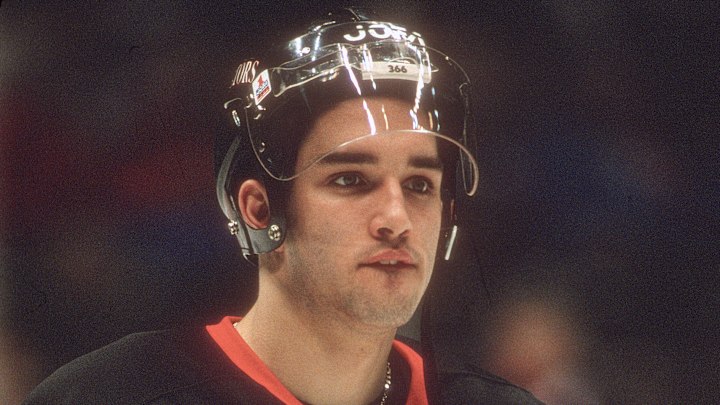Alexandre Daigle is a player I’ve always hesitated to call the NHL’s biggest draft bust. Not just as a writer covering the Montreal Canadiens, but as a fan of the NHL and its history in general.
Now, before you call me nuts for having such an opinion, Daigle at his core obviously is a draft bust, and I’m not here to say that he in any way lived up to the expectations placed upon him after being selected first overall by the Ottawa Senators in the 1993 NHL Draft. He didn’t, but there’s a very specific reason why he didn’t, and Daigle’s story and career goes so much farther and deeper than simply being an NHL draft bust.
When it comes to the debate regarding the NHL’s all-time biggest draft bust, there are quite a few names that can be thrown out, including some once associated with the Canadiens.
I’ve mentioned before how, in a 15-year period between 1985 and 2001, Habs management drafted just one player (Saku Koivu) in the first round who would become a consistent top-six contributor with the team (take that for what you will). However, almost every one of the failed picks from this period were underwhelming more than anything, at least if you ignore the players who were taken after (don’t look it up it just hurts).
